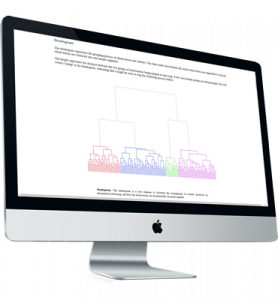
GE McKinsey matrix
Get answers for the most frequently asked questions about the Enginius GE McKinsey matrix module. For a quick overview, we suggest you check the introductory video first.
GE McKinsey matrix in a nutshell

The GE Portfolio approach evaluates a business based on two composite dimensions: industry attractiveness and business strength.
These dimensions, in turn, consist of a series of weighted factors. Both the factor weights and the factors themselves may vary from one application to another; for example, industry attractiveness includes measures of market size, growth rate, competitive intensity, and the like, whereas business strength normally includes such measures as market share, share growth, and product quality.
Analysts assign each business a rating for each factor and a weight to each factor. Multiplying the factor ratings by the weights produces a position for each business on the strength/attractiveness matrix.
Although designed to mimic the GE approach to portfolio management, this model can also be used for any situation in which a certain number of entities (e.g., companies, products, sales territories) can be ranked on one or more sets of weighted factors.

Download the tutorial

To download the Enginius tutorial in pdf format: (1) Follow the link below. It will open an example data set, then (2) Click on the link in the upper-left corner of the screen.
Frequently asked questions
There is no single answer to this question.
The answer depends on the purpose of the analysis for the organization in question.
A way to approach the question is to ask “What is the business case I need to make to support allocating resources to the items (businesses, new product ideas, sales territories, etc)?
See p 176 of Edition 3 of Principles of Marketing Engineering and Analytics for some suggestions.
You should be able to use either marketing analysis/research to determine the value (profit margin, market size, historical market growth rate) or managerial judgment (future growth rate, the likelihood of competitive entry) to determine these values.
If there is doubt, run sensitivity analyses.
There is no set answer to this question.
An organization’s strategic plan often provides rough guidance about where investments should be targeted, but there are normally large differences in such weights between, say, top management, operations, finance, marketing, and other functions in the firm.
The software allows entry of multiple weight sets so that it is simple to run sensitivity analyses.
The way the matrix is constructed, the most attractive alternatives show up toward the upper right corner and the least attractive show up toward the lower left corner.
The larger the bubble, the larger the market size for the item.




